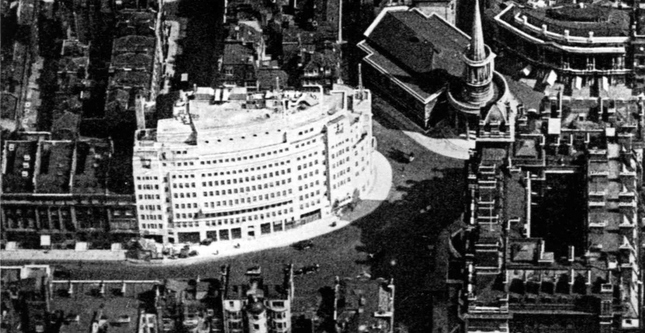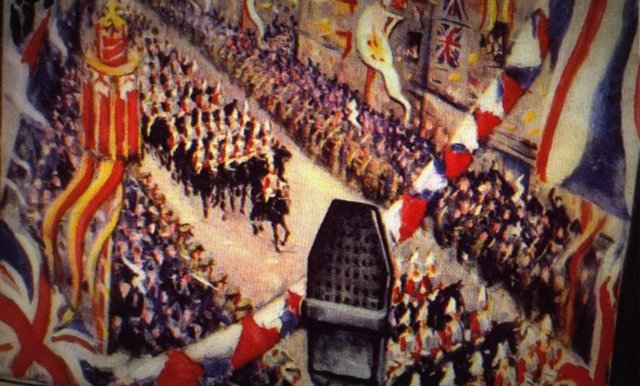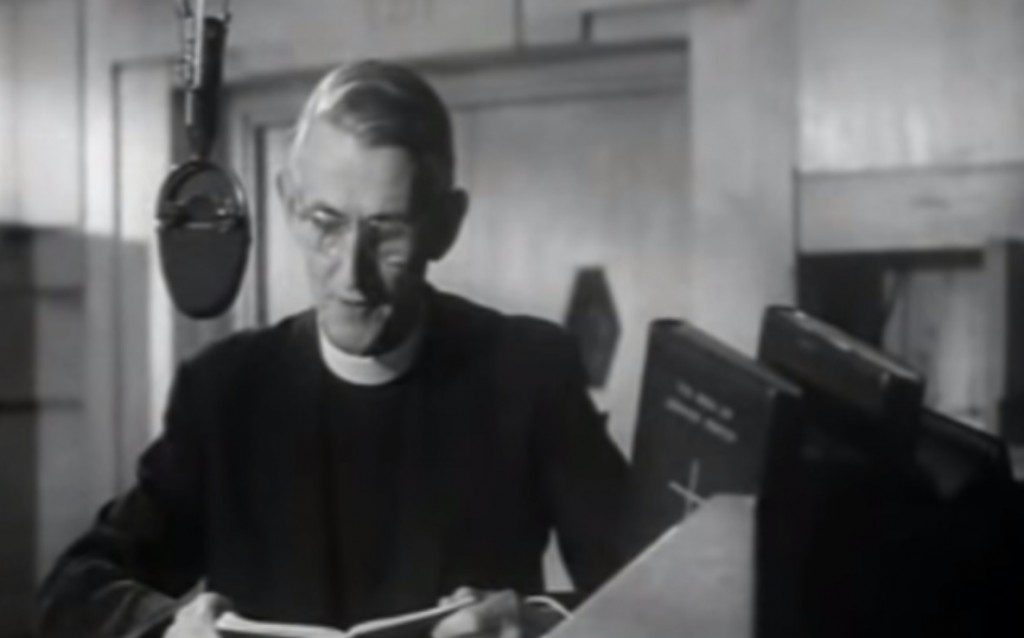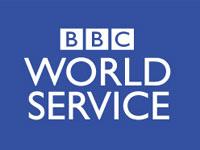 Last week, I discovered this amazing set of photos, via Flashbak.com, of the BBC Broadcasting House from 1932: click here to view the full set of photos.
Last week, I discovered this amazing set of photos, via Flashbak.com, of the BBC Broadcasting House from 1932: click here to view the full set of photos.
Tag Archives: BBC World Service
BBC Relay Station handed back to Seychelles
(Source: Seychelles News Agency via Andy Sennitt)
Tuesday November 18 marked the closure of an iconic chapter of Seychelles’ history, signalling the end of an era when information was much more difficult to come by. With much of Africa joining the internet and mobile phone revolution, the times of trying to glean information about happenings in the rest of the world on a crackly AM radio station have now passed by.
Over 25 years after its establishment, the site of the BBC’s former Indian Ocean Relay Station (IORS), located at Grand Anse, on the western side of the largest inhabited island in the archipelago, was handed back to the government of Seychelles by the country’s British High Commissioner, Lindsay Skoll.
The station transmitted BBC World Service programmes since 1988 via shortwave to listeners across East Africa in a range of languages, including the BBC’s English-language output for Africa as well as programmes in Swahili, Kinyarwanda, Kirundi, Somali and French.
In November 2013, the BBC announced its intention to cease all its shortwave transmission services from Seychelles due to a gradual and irreversible fall in demand for shortwave radio services, and on March 29 this year, the BBC IORS retransmission services from Seychelles were officially switched off. BBC World Service broadcasts in East Africa are still available via the internet and also via various other localised frequencies.
The handing over of the site to the Ministry of Land Use and Housing (MLUH) also included the station’s buildings and equipment, all of which are still in working order. The site is spread over a 32,000 square metre property, occupied under a lease dating back to March 27, 1985.[…]The station is equipped with 33KV high-voltage equipment and transformers which will now go into the possession of the Public Utilities Corporation, while the Seychelles Civil Aviation Authority (SCAA) will take over three of the BBC’s four steel communications towers and the annex building.
The SCAA will use the towers to strengthen its air communication and surveillance capabilities and the annex building will be used to house a new high-frequency aviation communications radio system to help control air traffic coming in from the west of the island.
The fourth steel tower will be allocated to the local telecommunications company Cable and Wireless for mobile based telecommunications.
Read the full article on the Seychelles News Agency’s website.
China pays local radio and TV stations to broadcast their content
(Source: The Independent via Andy Sennitt)
“The BBC has warned that China poses a “direct threat” to its global reach by paying incentives to local broadcast companies to prioritise its state-funded CCTV service over other international networks.
Peter Horrocks, the Director of the BBC’s World Service Group, told The Independent that the BBC’s distribution network was in danger from the hugely-ambitious CCTV and its deep financial resources.
“What the Chinese do is to pay local radio and TV stations to take their content,” he said in an interview with The Independent. “If you are a poor TV station in Tanzania and someone from China comes along and says ‘Will you take this content in Swahili?’ then you are quite likely to take it – so it’s a real threat to the future of the World Service’s content.”
As shortwave radio has become less widely used, the BBC has become increasingly dependent on local distribution partners for its radio and television output in large parts of the developing world. Around 40 per cent of the BBC’s global content is distributed through such intermediaries. “Locally distributed content is a very significant proportion of our overall audience,” said Horrocks. The BBC either seeks payment for its programming or provides it for free.”
The BBC Genome Project
Many thanks to Mike Barraclough who shares this news:
“BBC has today launched a website publishing every BBC programme ever broadcast by the Corporation from digitised editions of the Radio Times 1923-2009. Getting occasional internal errors at the moment presumably due to heavy use following publicity. Well designed and easy to search. http://genome.ch.bbc.co.uk/“
The archive is quite deep–if you’re the nostalgic type, expect to spend a few hours browsing.
BBC World Service Director, Peter Horrocks, to resign
Another hat tip to Jonathan Marks for this press release from the BBC:
(Source: BBC Media Centre)
Peter Horrocks, Director of the BBC World Service Group, today announced that he will be leaving the BBC in the new year.
Peter Horrocks has been Director of the World Service since 2009 and has worked at the BBC for 33 years.
Under Peter’s leadership weekly audiences for the BBC’s global news services – BBC World Service, BBC World News and BBC.com – have reached a record 265m.
Peter has led the World Service through some of its most challenging times, responding to funding cuts by modernising the World Service for the digital age.
He successfully oversaw one of the biggest changes in the history of the World Service as it moved from Foreign and Commonwealth Office (FCO) funding into the licence fee, leaving its historic headquarters of Bush House for the BBC’s New Broadcasting House.
BBC World News has undergone a creative renewal that is being appreciated by audiences around the world and bbc.com/news now regularly achieves one billion page views a month. BBC News is the most retweeted news source in the world.
Peter Horrocks said: “It has been a privilege to be Director of the BBC World Service, which is loved and trusted by hundreds of millions of people around the world.
“I am hugely proud of the dedication, the creativity and the reinvention shown by my team. The World Service now has its largest ever audience, an expanding number of languages, and is modernised and transformed for a digital age.
“Having overseen this recovery and taken the World Service into the new era of licence fee funding, it is time for me to move on to my next challenge. I will miss the BBC but am confident that the BBC’s global news services are in strong shape for the future.”
Director-General of the BBC, Tony Hall, said: “Peter’s remarkable career at the BBC has spanned more than three decades. Starting as a News trainee, he established himself as the youthful editor of Public Eye before going on to lead teams that produced some of the BBC’s most important news programmes, including Newsnight and Panorama. He also edited general election programmes before running several News departments, latterly the World Service Group.
“Those who have worked with him know of his energy, drive, his passion for journalism and his innovation but they have also come to appreciate his editorial integrity and his deeply rooted sense of BBC values. He leaves us as one of our most respected leaders. He is a force of nature and we will miss him.”
Director of BBC News and Current Affairs, James Harding, said: “Peter Horrocks has been a defining figure in the modern history of the BBC World Service and global news. He has demanded the highest standards of its journalism, he has driven innovation in the ways we tell stories and deliver the news, he has opened the BBC to new voices and fresh ideas and he has presided over the extraordinary growth of the BBC’s worldwide audience.
“His sharp intellect, open-mindedness and good judgment have shaped BBC News and Current Affairs for three decades. He has recruited and inspired hundreds of people here in the UK and around the world. And, like few others, he has set his stamp on both the programmes and the personality of the BBC.
“Since I joined the BBC last year, Peter has been a constant source of good advice, organisational wisdom and personal support. Of course, I respect Peter’s decision to move on, but, both personally and as an organisation, we will miss him.”
The BBC will advertise for Peter’s successor as Director, World Service Group.
About Peter Horrocks:
Peter Horrocks has worked in a wide variety of roles across BBC News since 1981. He has been editor of Newsnight and Panorama and produced TV election results programmes in 1992 and 1997. He has been Head of Current Affairs, Head of TV News and he created the BBC’s multimedia newsroom department in 2007.
As Director of the World Service Group Peter Horrocks has responsibility for World Service English radio, multimedia services in 28 languages, BBC World News TV, BBC.com/news and BBC Monitoring. He also chairs the BBC’s international media charity BBC Media Action.
“This is the BBC” in 1960
Many thanks to Jonathan Marks who apprised me of this excellent 1960 film from the BBC. As Jonathan notes, it’s heavily scripted, but fascinating nonetheless.
Click here to view the full video on YouTube or watch via the embedded player below:






